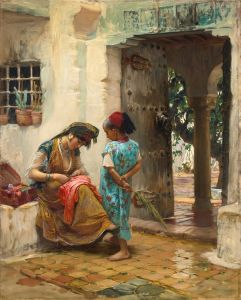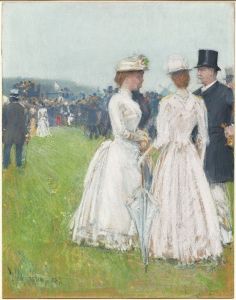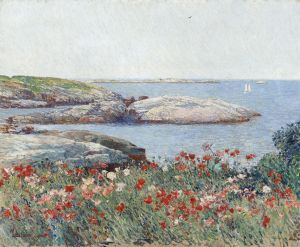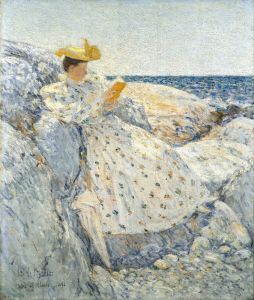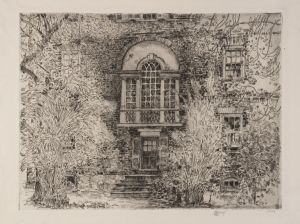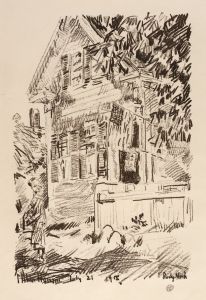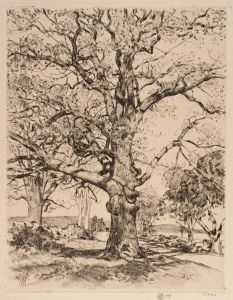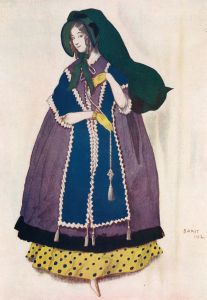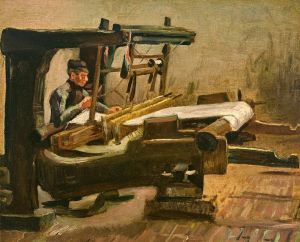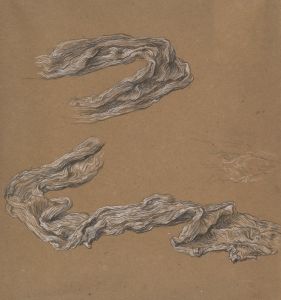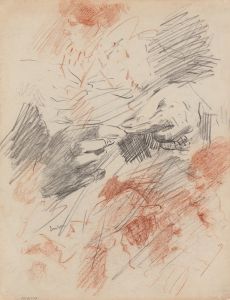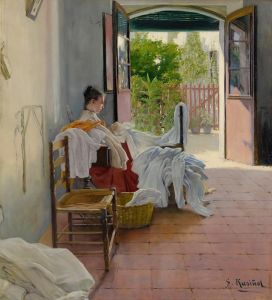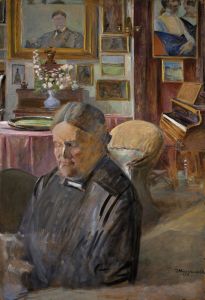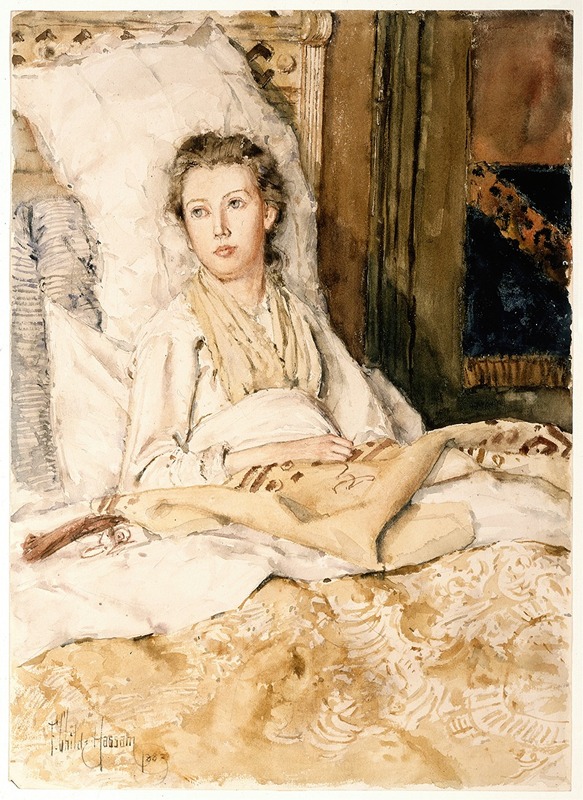
Maud Sewing
A hand-painted replica of Childe Hassam’s masterpiece Maud Sewing, meticulously crafted by professional artists to capture the true essence of the original. Each piece is created with museum-quality canvas and rare mineral pigments, carefully painted by experienced artists with delicate brushstrokes and rich, layered colors to perfectly recreate the texture of the original artwork. Unlike machine-printed reproductions, this hand-painted version brings the painting to life, infused with the artist’s emotions and skill in every stroke. Whether for personal collection or home decoration, it instantly elevates the artistic atmosphere of any space.
"Maud Sewing" is an oil painting created by the American Impressionist artist Childe Hassam in 1883. Childe Hassam, whose full name is Frederick Childe Hassam, was a prominent figure in the American Impressionism movement, known for his vibrant use of color and light. Born on October 17, 1859, in Dorchester, Massachusetts, Hassam developed a keen interest in art from a young age and went on to study at the Académie Julian in Paris, which significantly influenced his style.
The painting "Maud Sewing" depicts a serene domestic scene, capturing a woman named Maud seated and engaged in the act of sewing. This work is characteristic of Hassam's early style, which often focused on intimate interior scenes and the everyday lives of women. The subject, Maud, is believed to be Maud Doane, a close acquaintance of Hassam, who frequently appeared in his works during this period. The painting reflects Hassam's interest in the interplay of light and shadow, a hallmark of Impressionism, as well as his ability to convey a sense of tranquility and introspection.
In "Maud Sewing," Hassam employs a soft color palette, utilizing gentle hues to create a warm and inviting atmosphere. The composition is carefully balanced, with Maud positioned slightly off-center, drawing the viewer's attention to her focused expression and delicate hands. The background is rendered with loose brushstrokes, a technique that Hassam mastered to suggest detail without overwhelming the central figure. This approach allows the viewer to appreciate the texture and pattern of Maud's dress and the fabric she is working on, highlighting Hassam's skill in depicting textiles.
The painting is an excellent example of Hassam's ability to capture the nuances of light. The way light filters through the room, casting subtle shadows and illuminating Maud's figure, demonstrates his understanding of natural light and its effects on color and form. This sensitivity to light is a defining feature of Hassam's work and aligns with the broader goals of the Impressionist movement, which sought to capture fleeting moments and the changing qualities of light.
"Maud Sewing" is part of a larger body of work by Hassam that explores themes of domesticity and the role of women in society. During the late 19th and early 20th centuries, many artists, including Hassam, were interested in depicting the private lives of women, often portraying them in moments of quiet reflection or engaged in everyday tasks. These works provide insight into the social and cultural norms of the time, as well as the artist's personal perspective on these themes.
Today, "Maud Sewing" is held in a private collection, and while it may not be as widely recognized as some of Hassam's other works, it remains a significant piece within his oeuvre. It exemplifies his early style and his contribution to American Impressionism, showcasing his talent for capturing the beauty and simplicity of everyday life. Through paintings like "Maud Sewing," Hassam has left a lasting legacy, influencing generations of artists and continuing to be celebrated for his contributions to the art world.





